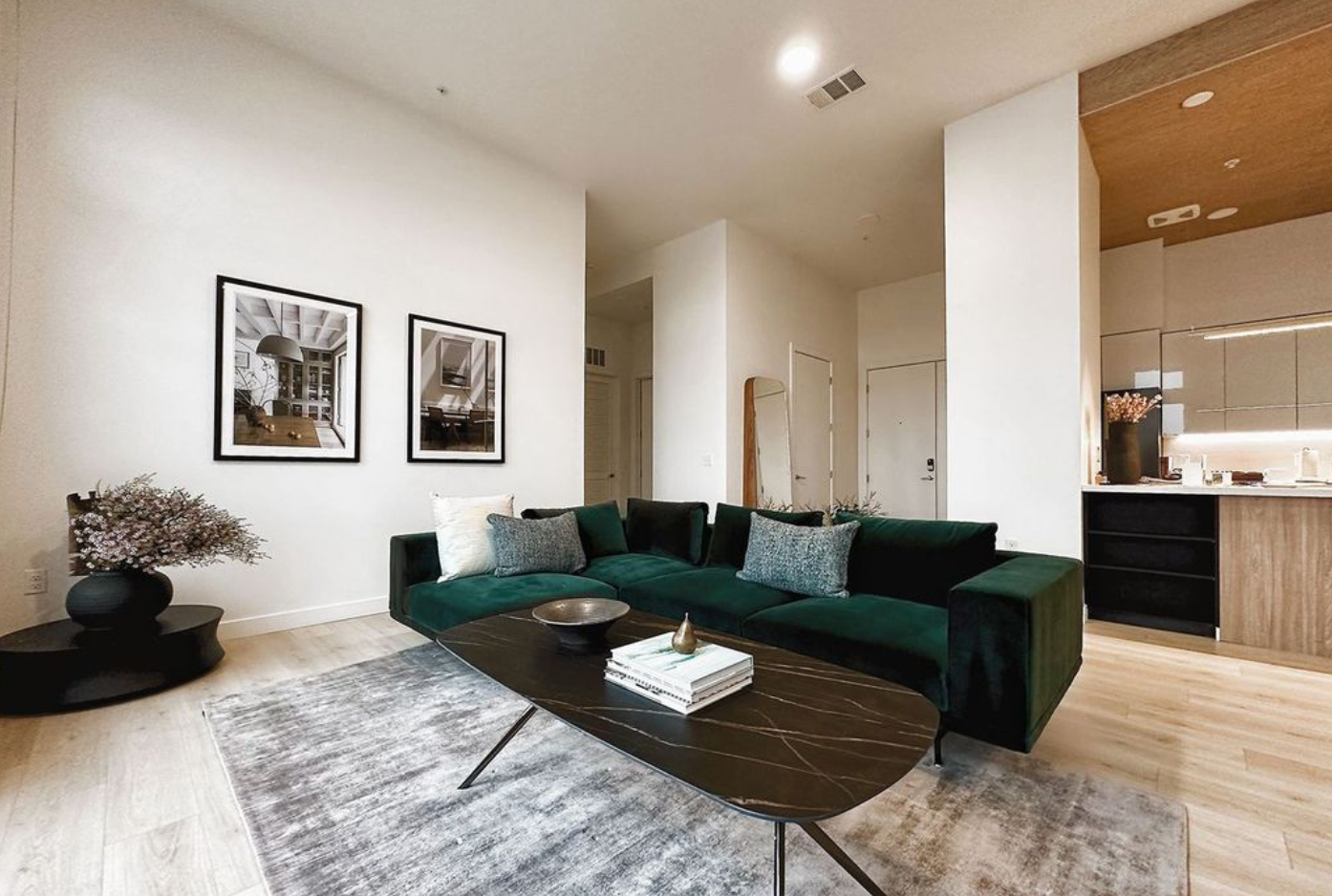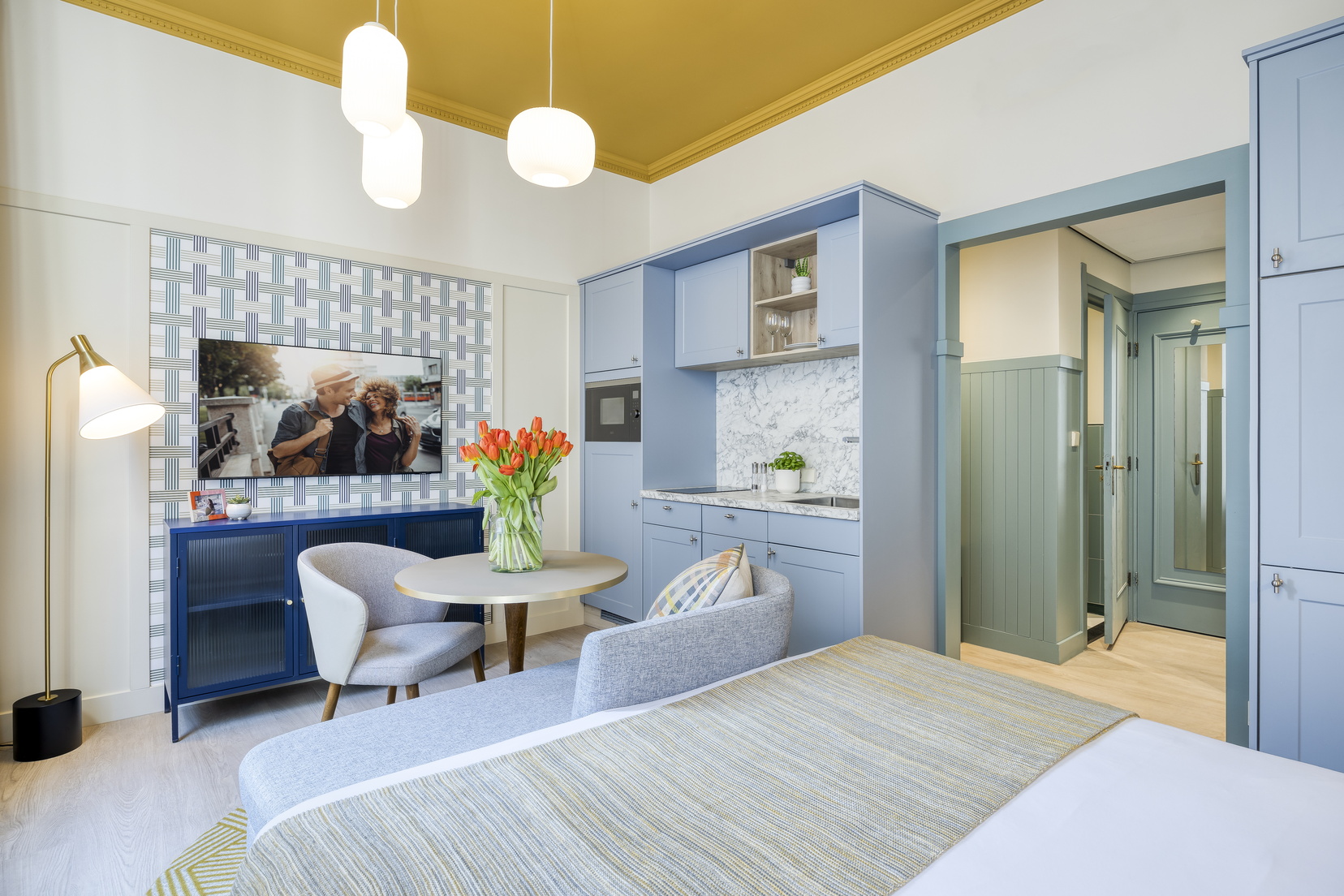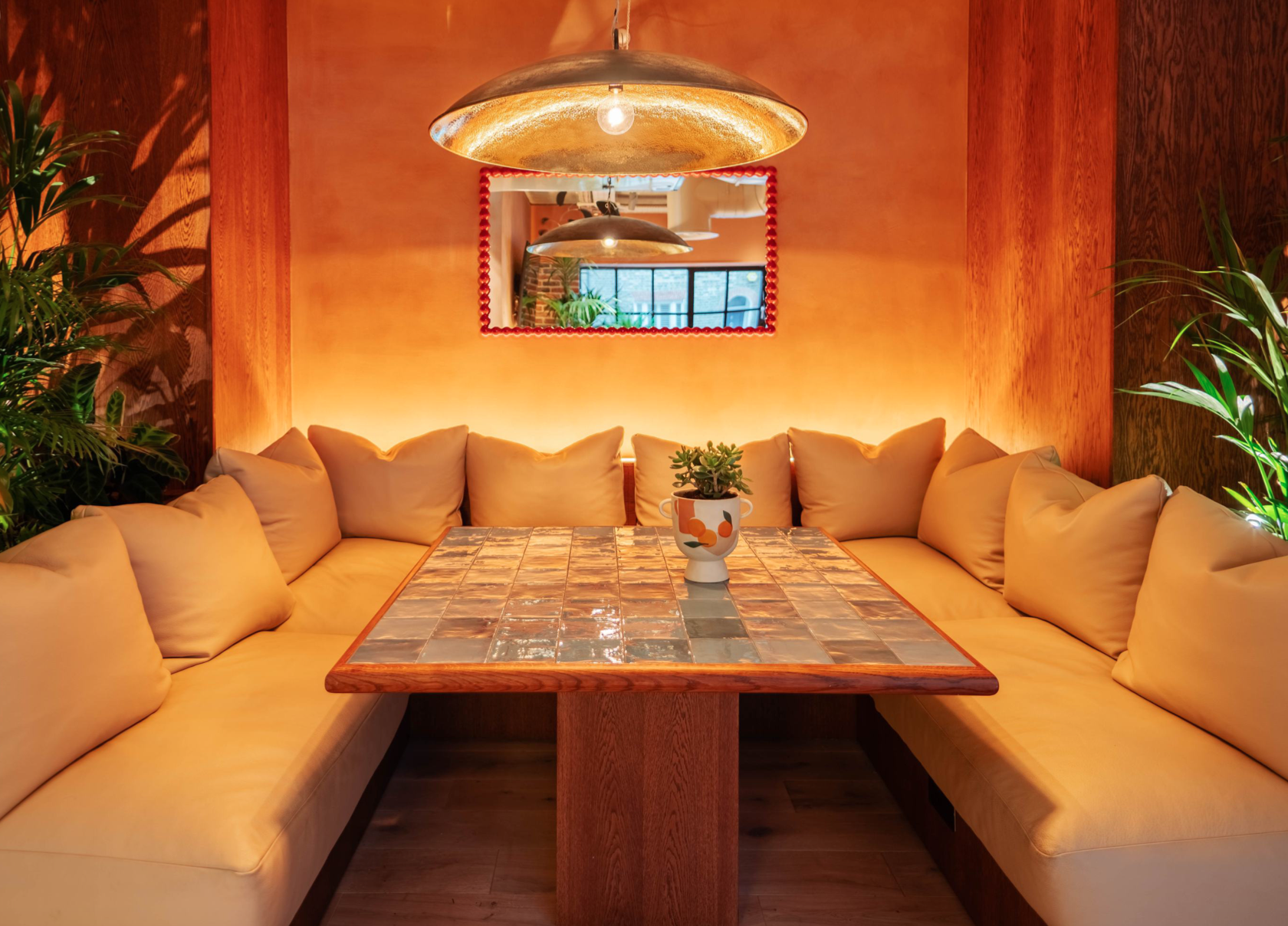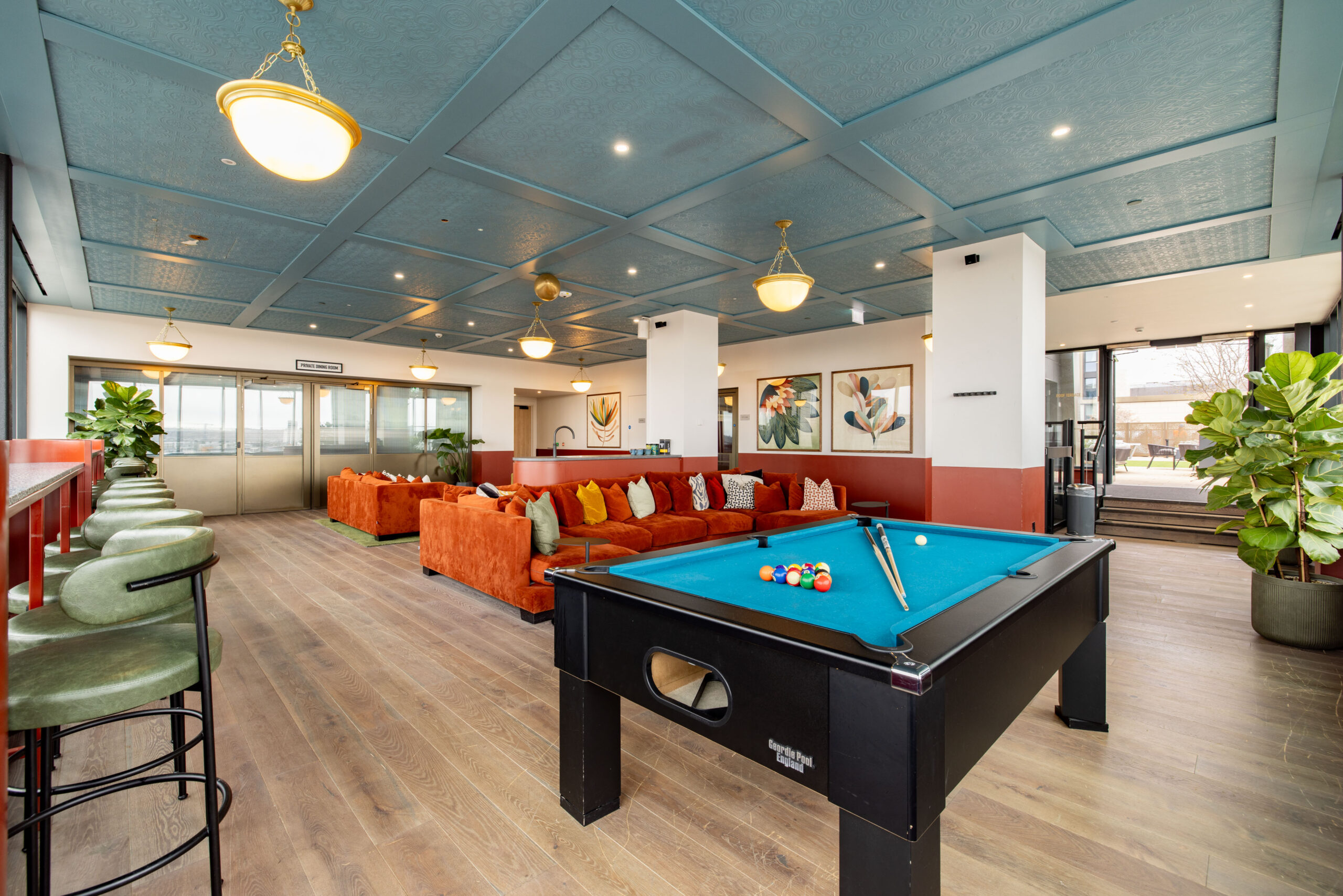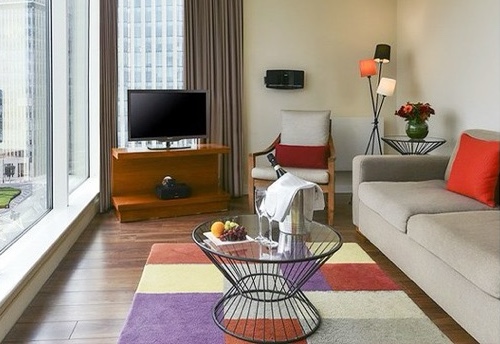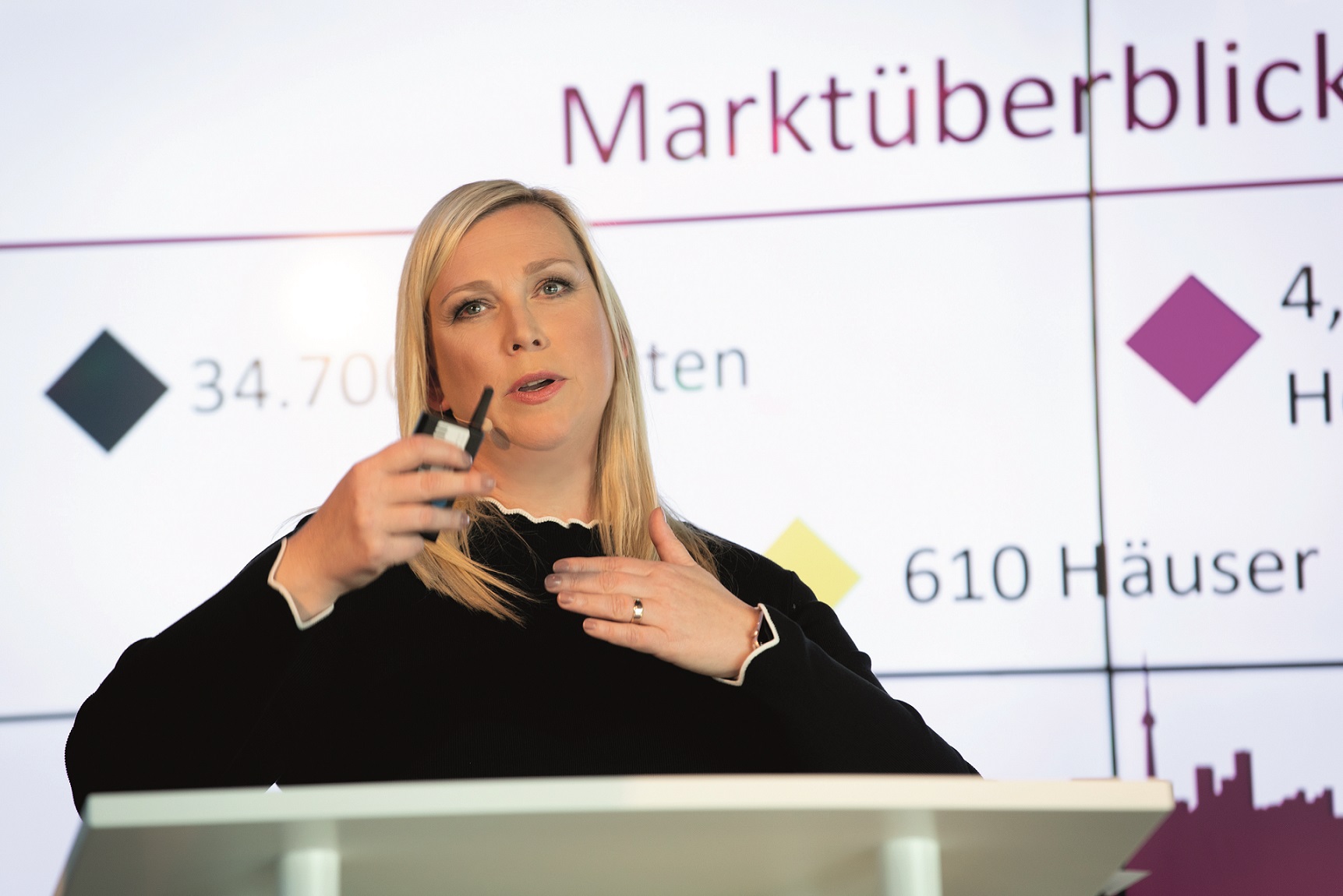
Germany: Apartmentservice has released its latest report in to the German serviced apartment sector.
The report found that the main trends in the German market are higher occupancy, shorter stays and the continued popularity of micro apartments.
In spite of rising supply, the demand for serviced apartments is growing, not only for traditional business travellers, but increasing numbers of career starters, students, commuters, ‘professional nomads’ and leisure travellers. Business travellers continue to be the main target group, representing 70 per cent of guests, but the proportion of leisure travellers is still growing – especially in aparthotels.
Apartmentservice founder and CEO Anett Gregorius says the report shows “how much serviced apartments are becoming better known and with their various concepts and differentiations reaching different lifestyle groups”.
The segment generated around 12 million overnight stays in 2018. Following stagnation in recent years, average occupancy rose from 77 per cent to 80 per cent for the first time. This means that the strong growth in supply in recent years has yet to have an effect on occupancy.
Average length of stay decreased slightly again, which is mainly due to the high proportion of short-term stays in apartment hotels. However, with an average stay of 25 nights in the German market as a whole, the focus remains on the long-stay segment. In 2018, almost every second booking was made with an advance period of less than two weeks. Bookings with a lead time of more than one month accounted for only 31 per cent of bookings.
Micro apartments are seeing increased branding and roll-out in the segment. In addition, many investors and developers continue to focus on larger developments with smaller units, with a clear trend towards more space efficiency and neighbourhood formation. Units of less than 25 square metres currently account for almost one third of the total supply. At the same time, they continue to be the most requested apartment category among guests. In many places, the success of micro apartments is accompanied by the trend towards extensive co-living and co-working concepts.
“In the future, most micro apartments will probably be around 22 square metres and less. When the many announced micro-apartment projects, especially in the housing sector, are launched in 2020, the extent of market change will be particularly evident,” said Gregorius.
She added: “The commitment of national and international investors and the growing professionalism in terms of location selection, target-group-oriented conception and positioning are currently showing how seriously the segment is growing sustainably.”
Apartmentservice has been publishing its German market report annually since 2011. Based on an online survey of serviced apartment operators with at least 15 units, the report contains key figures such as occupancy rate, length of stay, rates and trends within the segment. For more information visit www.apartmentservice-consulting.de</p


